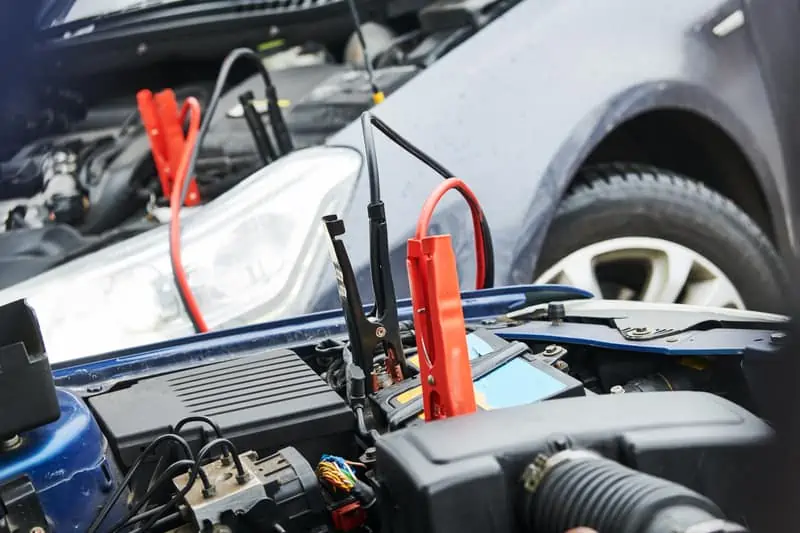Knowing how to safely jump start a vehicle is an essential skill for any driver. Dead batteries can happen unexpectedly, leaving you stranded and frustrated. However, with the right knowledge and tools, you can quickly get your vehicle running again.
Jump starting a car involves connecting a weak or dead battery to a fully charged one from another vehicle or a jump starter pack. It’s crucial to follow the correct procedures to avoid damage to your vehicle’s electrical system and ensure your safety.
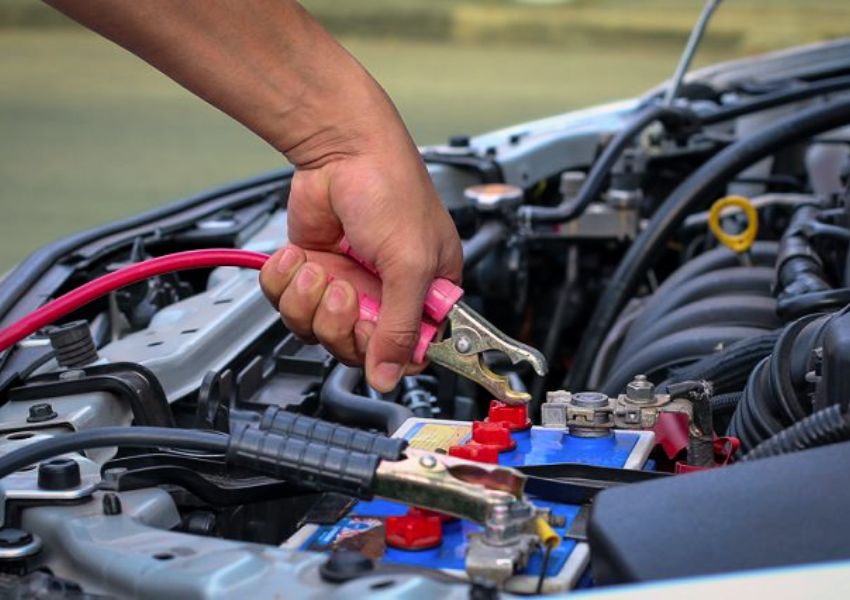
This guide will provide you with step by step instructions on how to safely jump start your vehicle, including the necessary precautions and tools you’ll need. By understanding and following these steps, you can confidently handle a dead battery situation and get back on the road in no time.
Gather the Necessary Tools
Before you begin, make sure you have the essential tools for jump starting your vehicle. You’ll need a set of quality jumper cables or a portable jump starter pack. Jumper cables should be at least 10-12 feet long with thick, well insulated wires to handle the current.
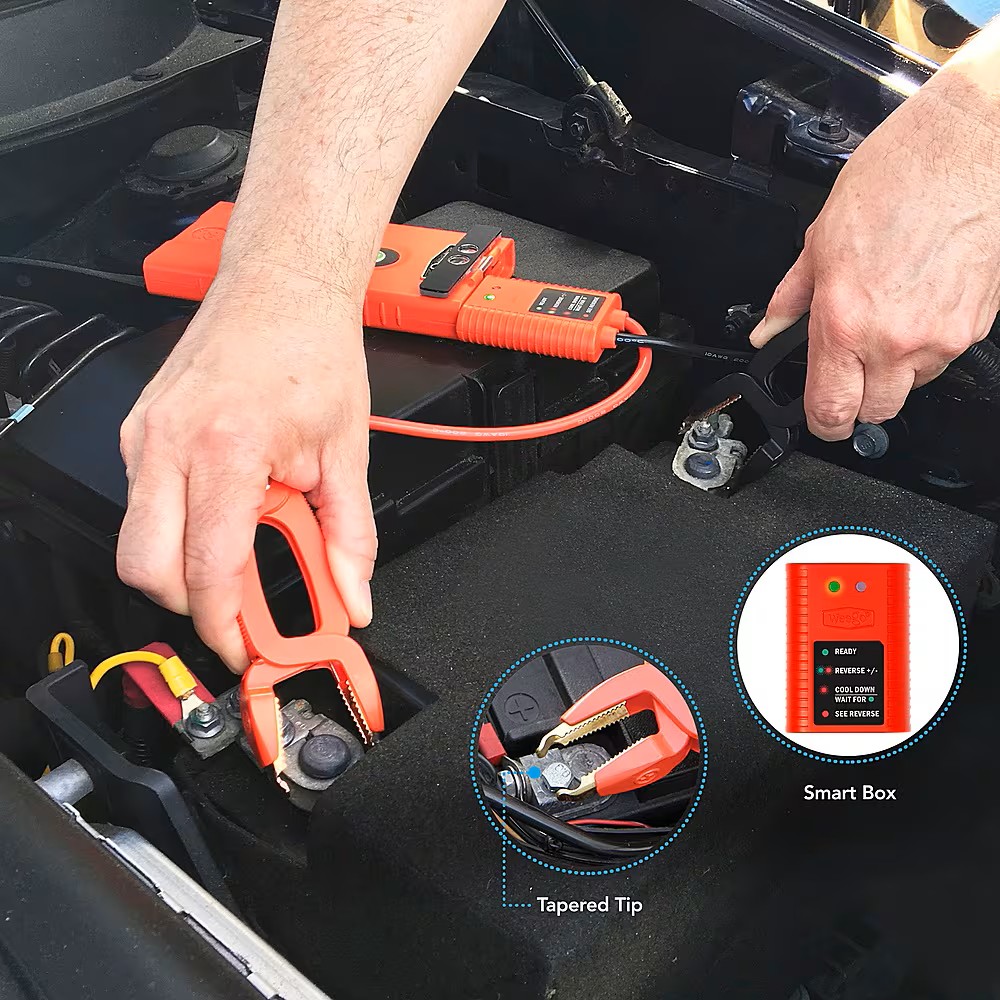
If you’re using a jump starter pack, ensure it’s fully charged and compatible with your vehicle’s battery. Additionally, you’ll need another vehicle with a fully charged battery if you’re using jumper cables.
Park the assisting vehicle close enough so that the cables can reach both batteries but avoid allowing the vehicles to touch. Having the right tools and preparing them in advance will make the jump starting process smoother and safer.
Position the Vehicles and Connect the Cables
Once you have the necessary tools, position the vehicles correctly. Turn off both vehicles and ensure they are in park or neutral with the parking brakes engaged. Open the hoods and locate the batteries.
Identify the positive (usually red) and negative (usually black) terminals on both batteries. Begin by connecting one end of the red jumper cable to the positive terminal of the dead battery.
Attach the other end of the red cable to the positive terminal of the charged battery. Next, connect one end of the black jumper cable to the negative terminal of the charged battery.
Finally, attach the other end of the black cable to an unpainted metal surface on the vehicle with the dead battery, away from the battery itself. This grounding point helps prevent sparks. Ensure all connections are secure before proceeding.
Start the Vehicles
With the cables securely connected, start the assisting vehicle’s engine and let it run for a few minutes. This allows the dead battery to build up a charge. After a few minutes, try starting the vehicle with the dead battery.
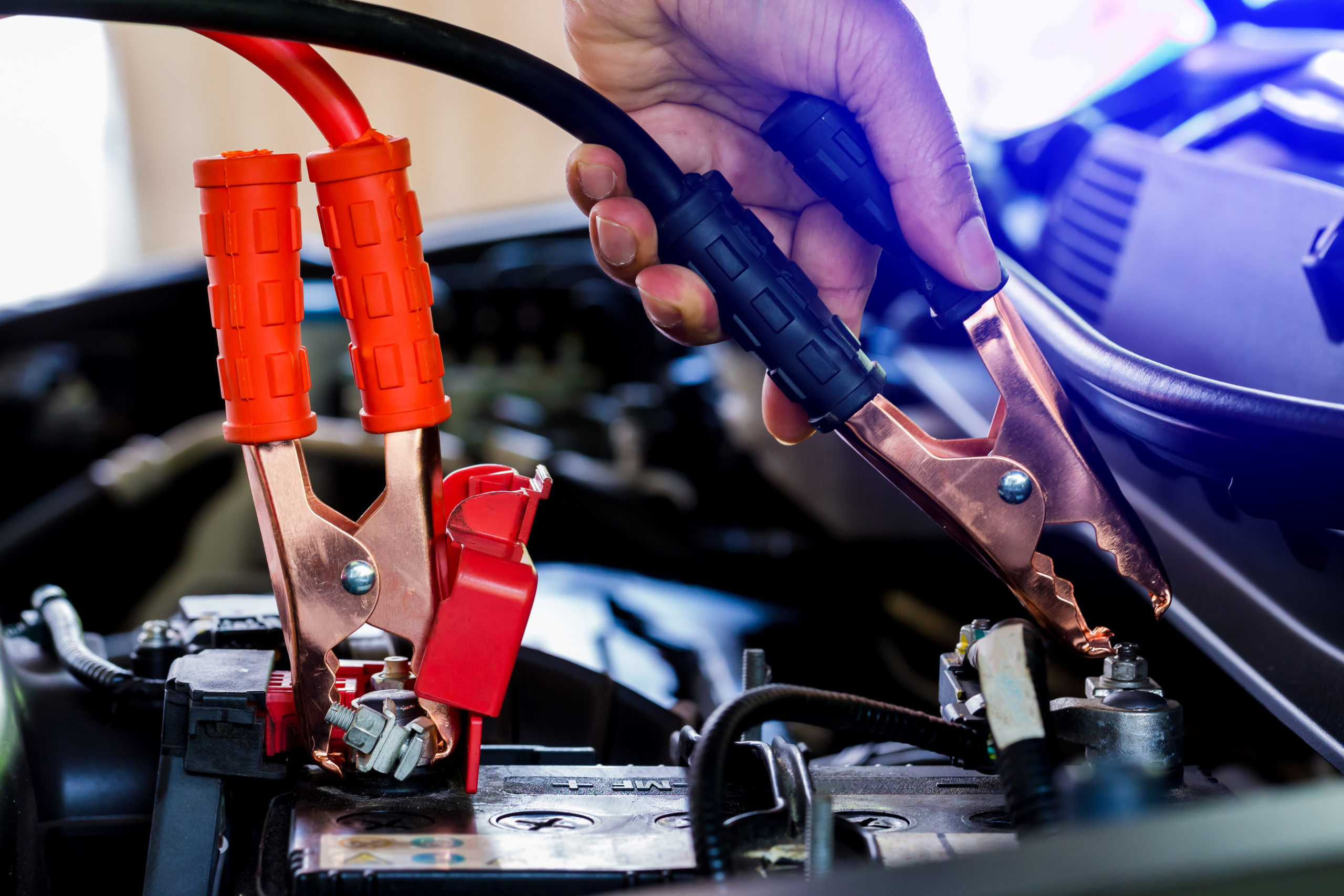
If it doesn’t start immediately, wait a few more minutes and try again. Once the vehicle with the dead battery starts, let both vehicles run for a few minutes to ensure the battery is sufficiently charged.
It’s important not to turn off either vehicle too soon, as the dead battery might not hold the charge if it hasn’t had enough time to recharge. Keep an eye on the vehicles during this process to ensure everything is working correctly and safely.
Disconnect the Cables
After the vehicle with the dead battery is running, it’s time to disconnect the cables in the reverse order of how they were connected. Start by removing the black cable from the unpainted metal surface on the vehicle with the dead battery, then from the negative terminal of the charged battery.
Next, remove the red cable from the positive terminal of the charged battery, followed by the positive terminal of the previously dead battery. Be careful not to let the cable ends touch each other or any metal parts during this process.
Once the cables are disconnected, close the hoods of both vehicles. Allow the vehicle with the previously dead battery to run for at least 20-30 minutes or take it for a drive to help recharge the battery fully.
Safety Precautions
When jump starting a vehicle, safety is paramount. Always wear protective gloves and eyewear to guard against sparks and battery acid. Ensure that the cables are free of damage and that the clamps have a good connection to the battery terminals.
Never lean over the battery during the jump starting process, as batteries can emit harmful gases and cause explosions. If you encounter any unusual sounds, smells, or excessive heat, stop the process immediately and seek professional assistance.
Additionally, consult your vehicle’s owner manual for specific jump starting instructions, as some modern vehicles have unique procedures or require special equipment. Following these safety precautions will help you jump start your vehicle safely and effectively.
Aftercare and Battery Maintenance
After successfully jump starting your vehicle, following up with proper battery maintenance is essential. If your battery frequently needs jump starting, it might be time for a replacement. Regularly check the battery terminals for corrosion and clean them as needed.
Ensure that the battery is securely mounted and that the connections are tight. If you notice any signs of a failing battery, such as dimming headlights or slow engine cranking, have your battery tested and replaced if necessary.
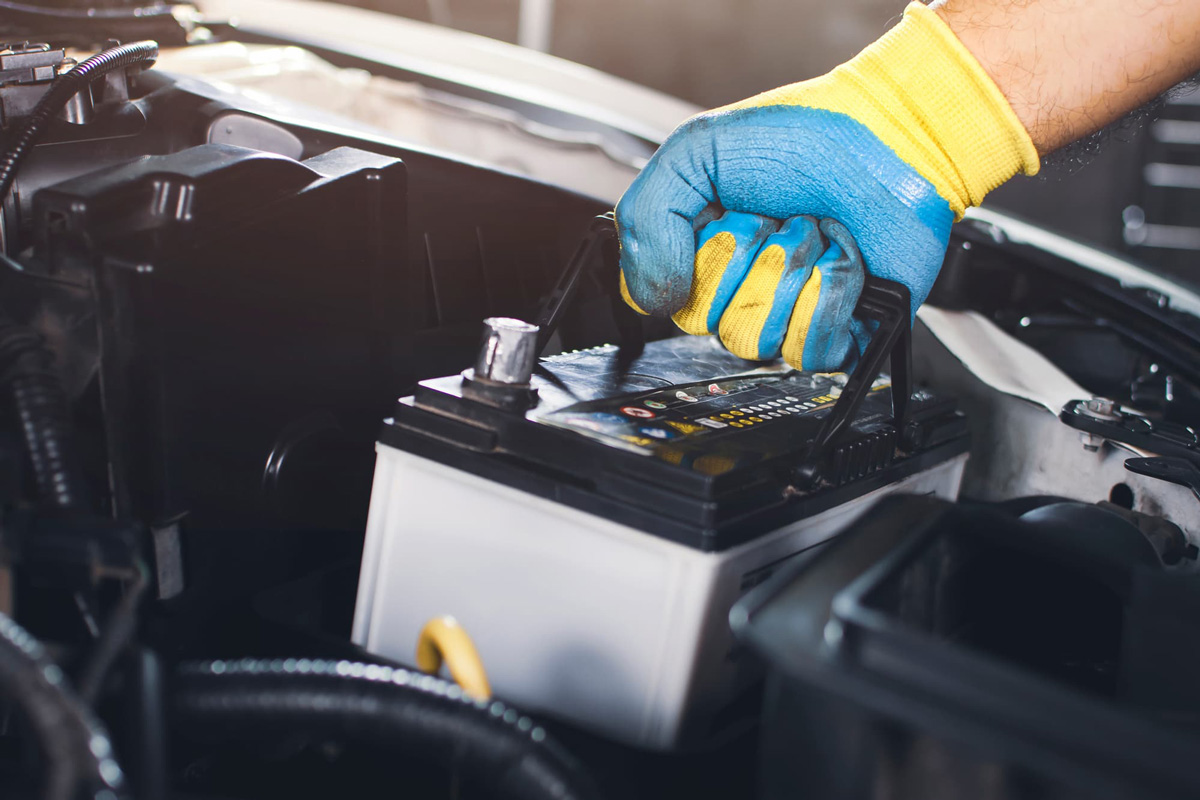
Maintaining your battery’s health will reduce the likelihood of future breakdowns and ensure your vehicle runs smoothly. Regular maintenance checks and addressing issues promptly will help extend the life of your battery.
By following these steps and taking necessary precautions, you can safely jump start your vehicle and get back on the road with confidence. Regular battery maintenance and being prepared with the right tools can prevent unexpected breakdowns and keep your vehicle running smoothly.

